-
Baba Yaga: Witch or old woman?
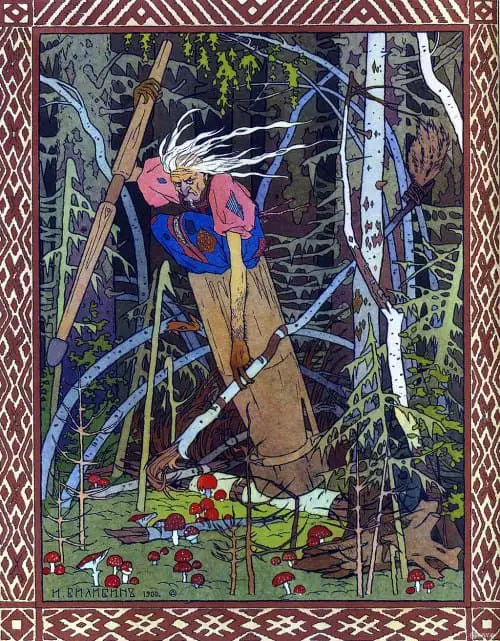
Baba Yaga is a legendary Slavic witch, or a hag, who lives in a hut that stands on chicken legs and who flies through the air in a mortar.
-
The Juniper Tree Fairytale Analysis
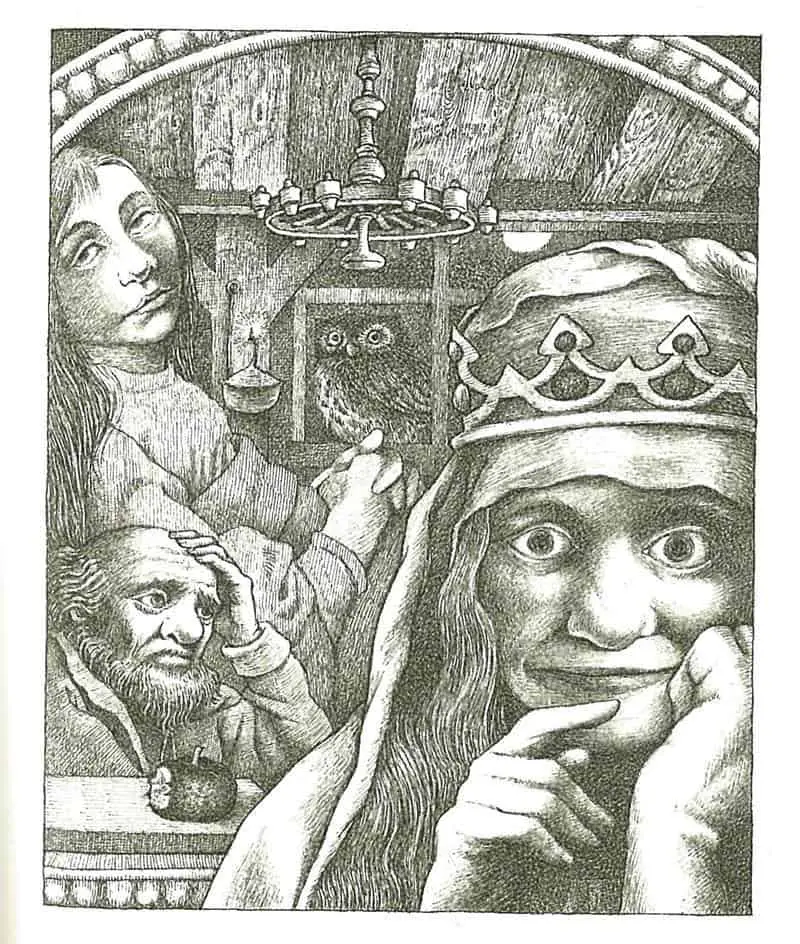
“The Juniper Tree”, as told by the Grimm Brothers, is a horrible tale. I don’t have a problem with gruesome.
-
Fairytales and Modern Storytelling
This is my collection of fairytale links. I’m interested in fairytales from a writing perspective. How do fairytales help us to create contemporary stories?
-
Matchless by Gregory Maguire Fairy Tale Analysis

Matchless is a fractured fairytale by Gregory Maguire based on Hans Christian Andersen’s The Little Match Girl. Matchless makes for an interesting case study in storytelling. First, the brief would have been to create a story for ‘all ages’ — for regular NPR listeners to enjoy with their kids. This ain’t easy. How is it done? Second, […]
-
What is a fractured fairytale?
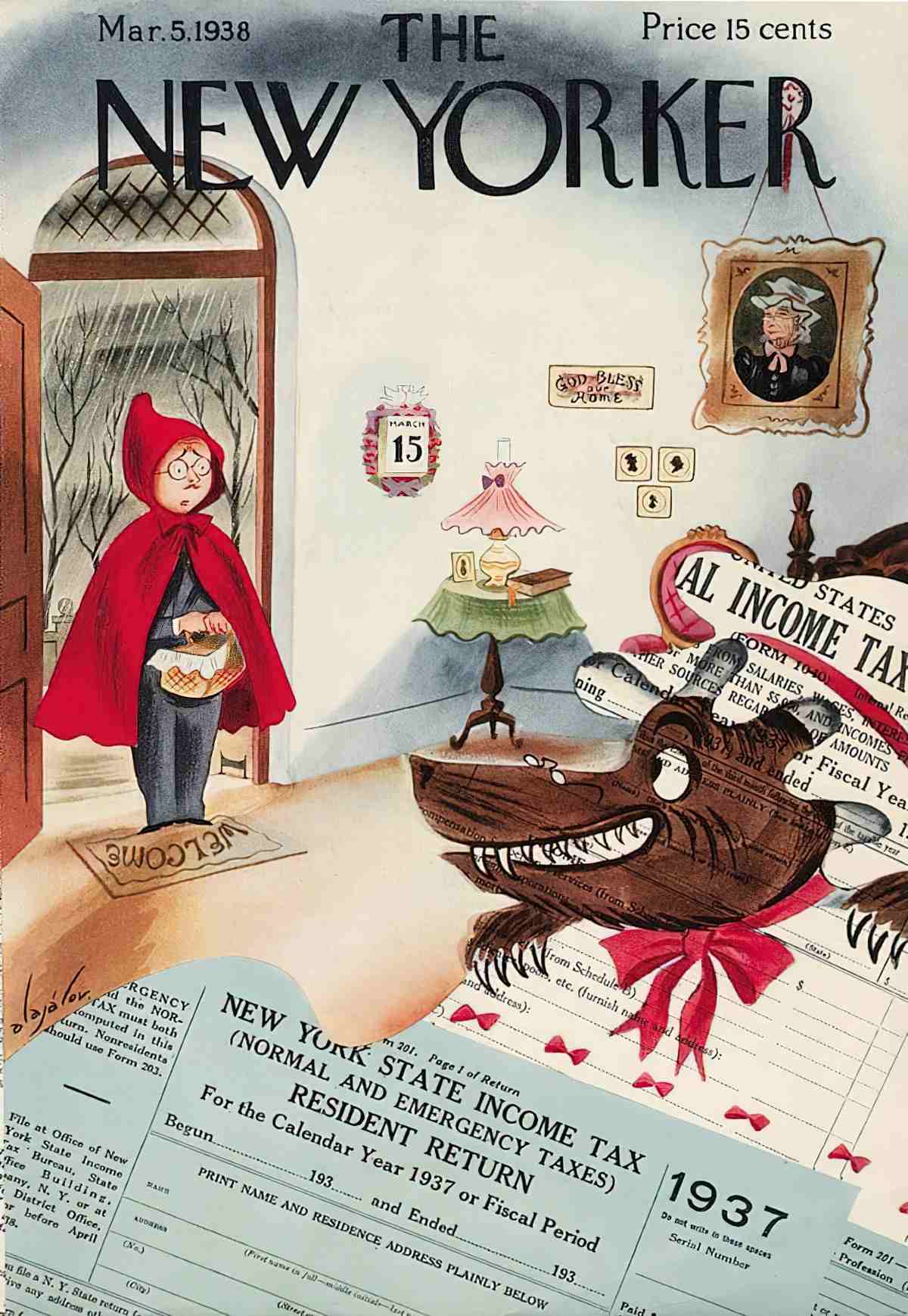
A fractured fairy tale is a story which makes use of a traditional fairy tale but restructures and reimagines.
-
Goldilocks and The Three Bears Fairy Tale Analysis
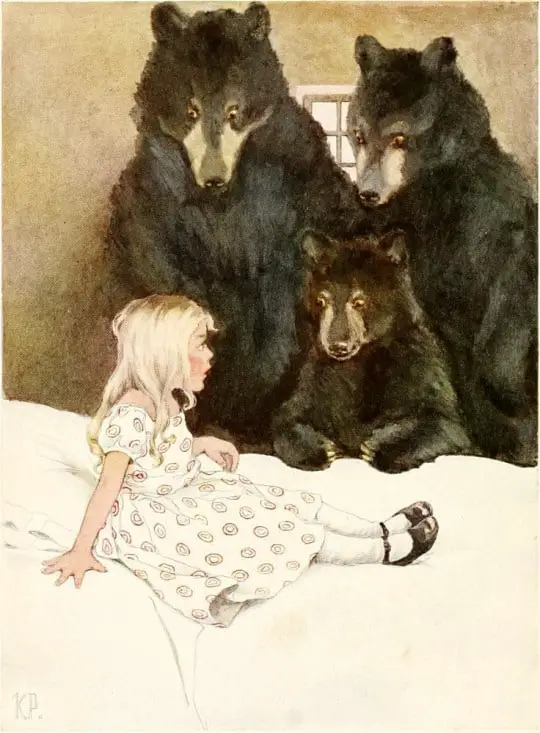
This month I wrote a post on Teaching Kids How To Structure A Story. Today I continue with a selection of mentor texts to help kids see how it works. Let’s look closely at a classic fairytale, Goldilocks and the Three Bears. Years later, at Goldilocks’ house. pic.twitter.com/PEa3WhhYZm — Dick King-Smith HQ (@DickKingSmith) July 19, 2020 snow white broke […]
-
The Gingerbread Man Story Structure and Analysis
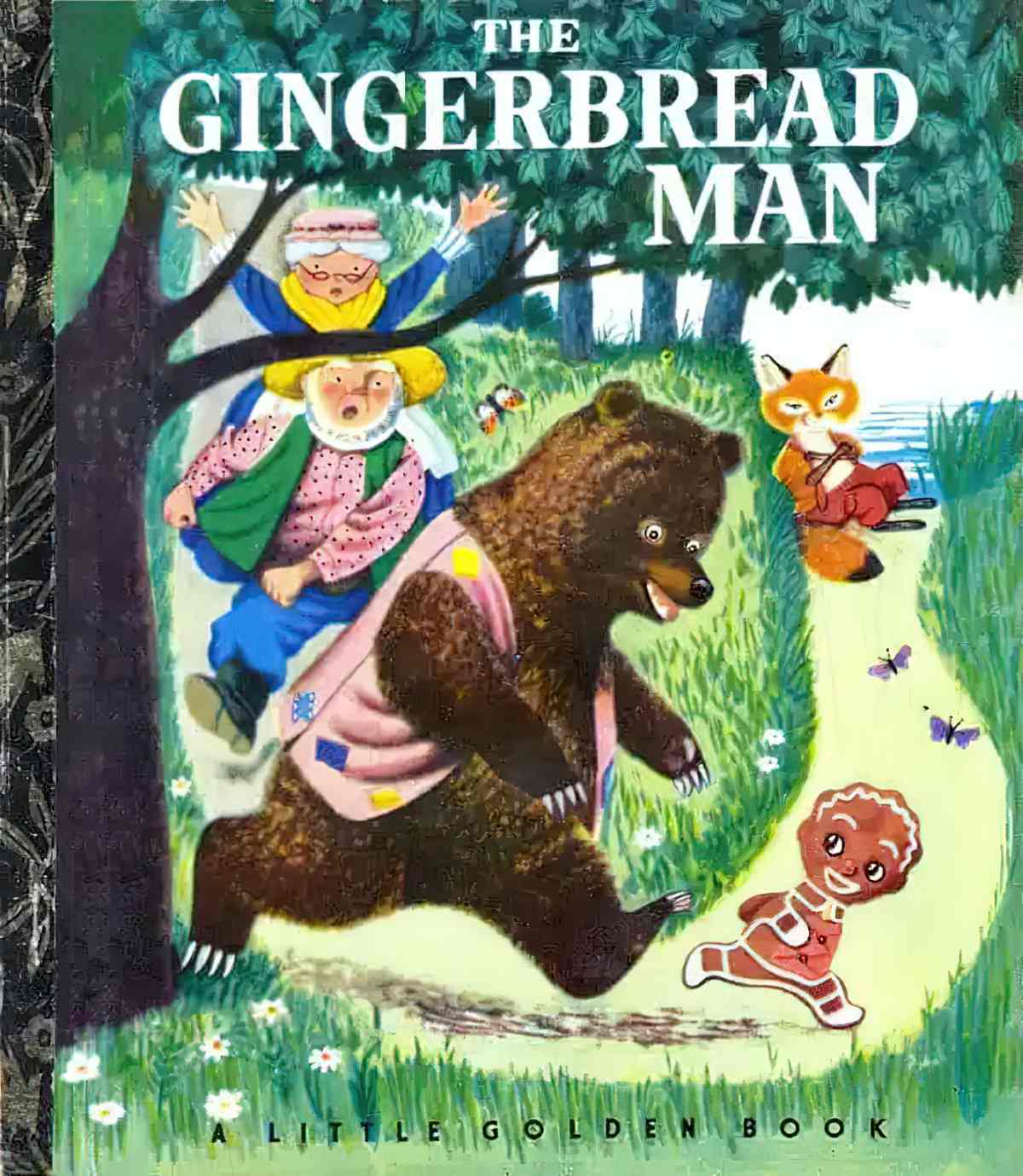
I recently looked into The Magic Porridge Pot (a.k.a. Sweet Porridge), part of a whole category of folk tales about pots of overflowing food. Related, there is another category of folk tales about food that runs away. In the West, the most famous of those would have to be The Gingerbread Man, but have you also heard of The Fleeing…
-
Chicken Little, Cassandra and Modern Horror
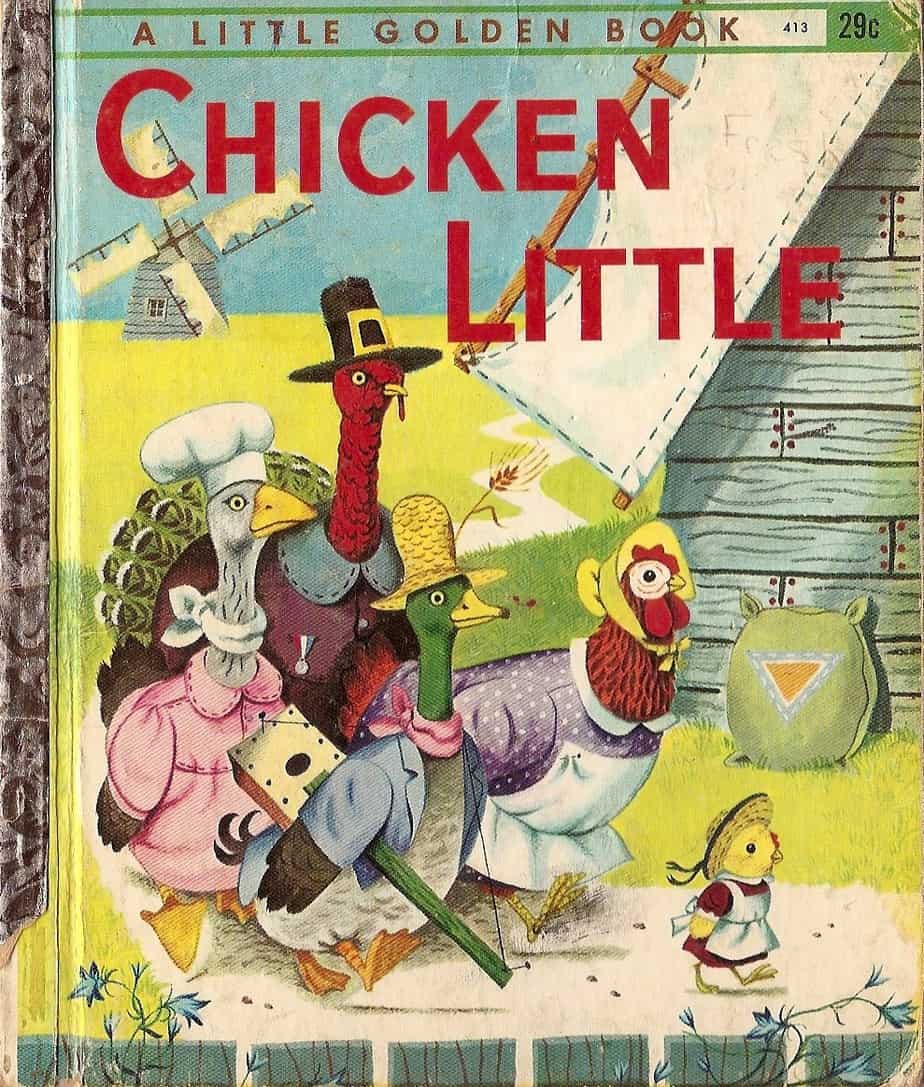
Chicken Little (mostly America) is also known as Chicken Licken or Henny Penny (mostly Britain). I hope the current generation of children don’t grow up thinking the 2005 animated movie version of Chicken Little has much to do with earlier versions of this story. The movie log line sounds okay on paper: “After ruining his […]
-
The Pied Piper of Hamelin: Legend Or Fairytale? Analysis
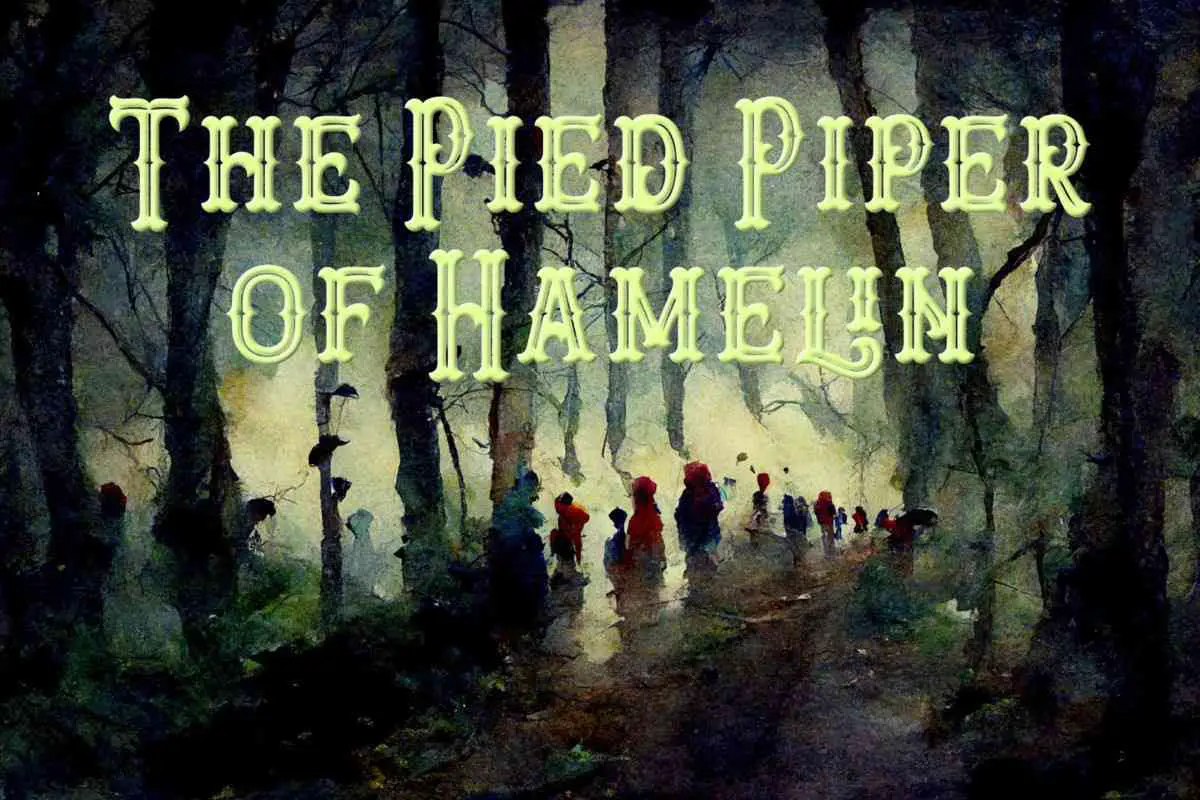
The Pied Piper is not technically a fairytale. It is at least part legend. Hamelin was a real place, and it is believed that once, in this German town, all of the children really did disappear in a short space of time.
-
Rapunzel The ur-Story Of Young Female Sexuality
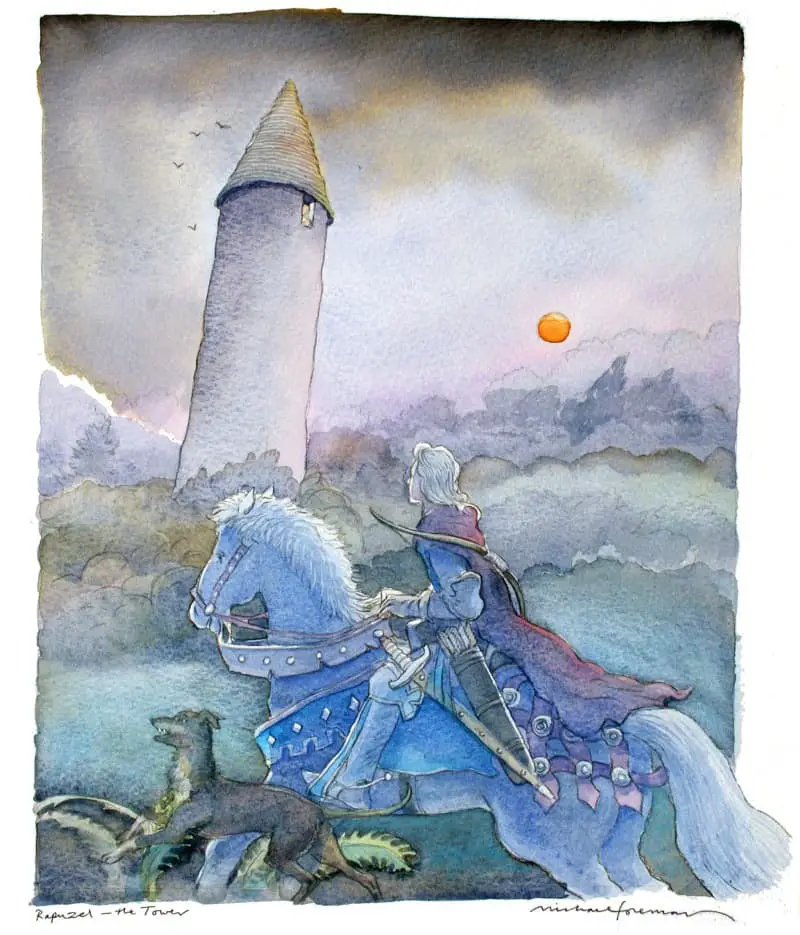
Whether it’s women locked in attics, teenage girls protected by their fathers, children living in gated communities, missing girls or dead mothers, Rapunzel is a significant ur-story. THE HISTORY OF RAPUNZEL The life of a fictional woman hasn’t diversified much over the years. Rapunzel is not the only girl who was locked up — take the […]
-
The Three Little Pigs Illustrated by Leonard Leslie Brooke Fairy Tale Analysis
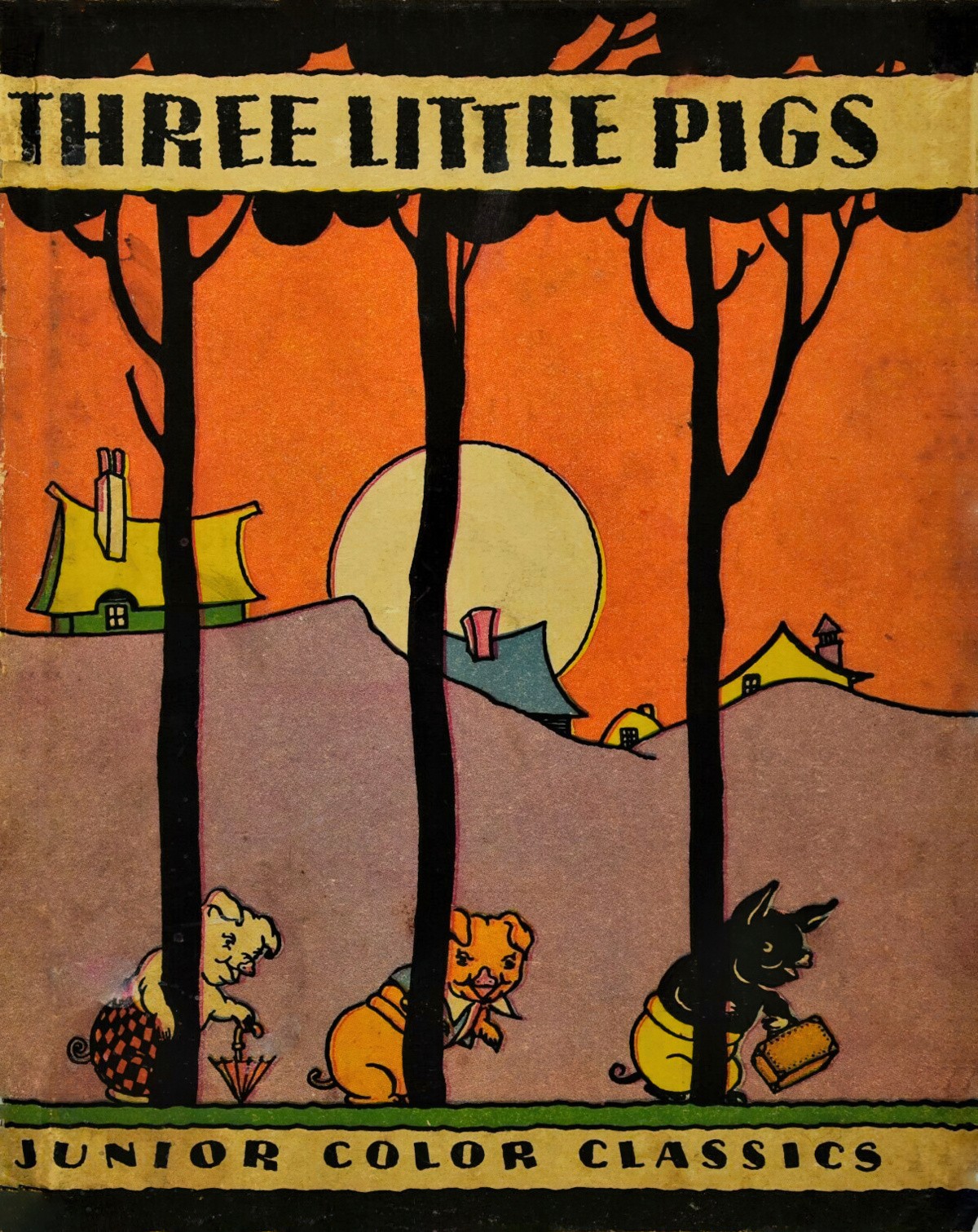
The Three Little Pigs is one of the handful of classic tales audiences are expected to know. Pigs are handy characters: They can be adorable or they can be evil. You can strip them butt naked and let the reader revel in their uncanny resemblance to humans. Or, you can dress them in jumpers and they’re […]
-
The Frog Prince Fairytale Analysis
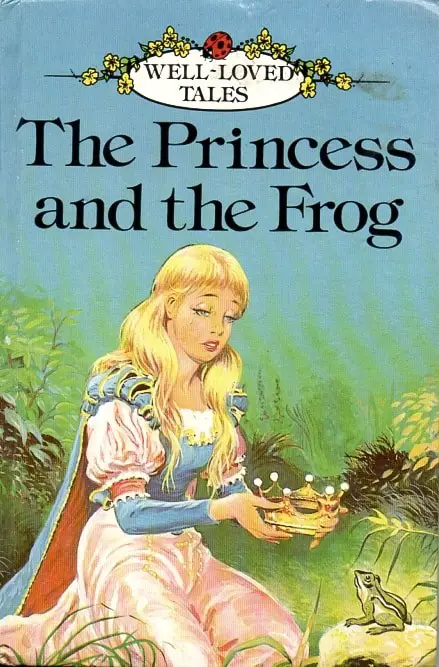
This famous tale is also known as The Princess And The Frog, The Frog Prince, A Frog For A Husband and similar variants. In most of these stories the princess is depicted as a spoilt brat. Sometimes the story goes so far as being called The Kind Stepdaughter And The Frog, which is actually more […]
-
Jack And The Beanstalk History and Symbolism
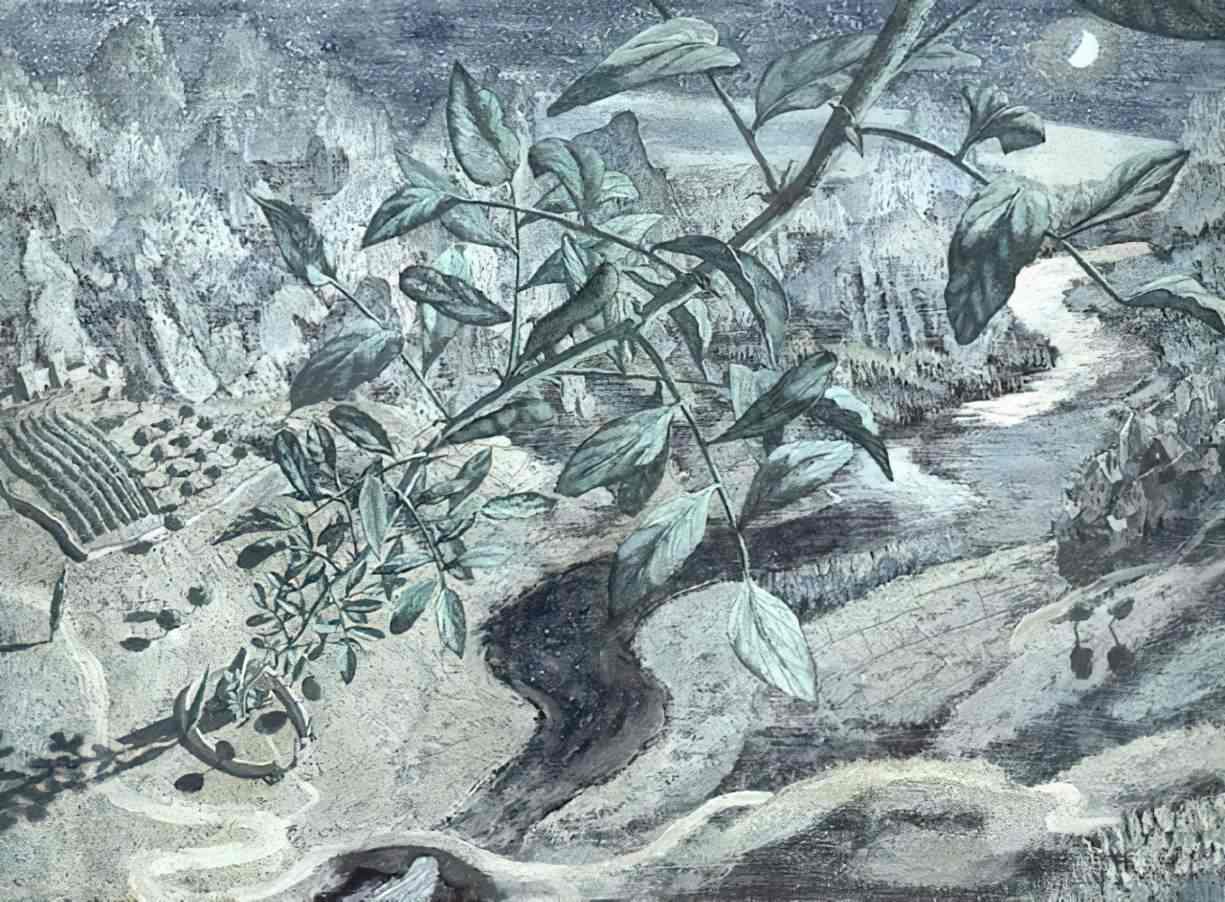
Jack and the Beanstalk is also known as Jack The Giant Killer, which kind of ruins the ending, so no wonder they changed it. WHERE TO HEAR “JACK AND THE BEANSTALK” READ ALOUD If you’d like to hear “Jack and the Beanstalk” read aloud, I recommend the retellings by Parcast’s Tales podcast series. (They have […]
-
The Foolish Wishes by Charles Perrault
The Foolish Wishes passed me by as a kid, but there are no shortage of tales about characters granted 3 wishes by some sort of genie/supernatural being.
-
Bluebeard Fairy Tale Analysis

“Bluebeard” is a classic fairytale — the O.G. tale of domestic violence. Any story in which a fearsome husband murders his young wife is probably a “Bluebeard” descendent. The husband in this tale is monstrous, and related to the archetype of the ogre. If you’d like to listen to the tale, I recommend the (free) […]